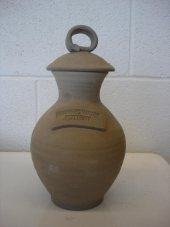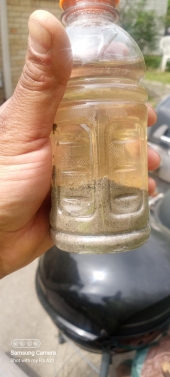
 3
3




 2
2









- Tim's Homestead Journal - Purchase a copy of Building a Better World in Your Backyard - Purchase 6 Decks of Permaculture Cards -
- Purchase 12x Decks of Permaculture Cards - Purchase a copy of the SKIP Book - Purchase 12x copies of Building a Better World in your Backyard




 1
1




Vitor Bosshard wrote:To get the ball rolling... what are the material properties required for an olla? Fired clay is expensive at large scales and cracks under frost.
For example, why not build them out of pallet wood? I imagine a square tunnel that looks like an inverted "T" shape made of boards. Over a few years, this would break down and provide all the benefits of a hugelbed, and in the meantime you can water directly into deep soil layers.
Another idea would be to dig a trench, clad it with clay, then do a big charcoal burn, which as a side effect turns your trench into a semi-permeable irrigation canal.
Just some ideas off the top of my head, I would totally experiment with this if I had the land.




John Daley Bendigo, Australia The Enemy of progress is the hope of a perfect plan
Benefits of rainfall collection https://permies.com/t/88043/benefits-rainfall-collection
GOOD DEBT/ BAD DEBT https://permies.com/t/179218/mortgages-good-debt-bad-debt




I'm only 65! That's not to old to learn to be a permie, right?




John C Daley wrote:What are Ollas?
 1
1




Anthony Breaks wrote:On the topic of "wood" ollas: I was just researching using bamboo as an olla.
My research suggests that bamboo is very good at holding water, too good in fact. Some processing is needed for the bamboo to slowly pass water like low fired clay. But.....
There are treatments to help bamboo take water based stain for things like furniture, so it is possible.
The shape of bamboo is so perfectly suited to irrigation, I am surprised it isn't already a thing.

|
this tiny ad cannot hear you because of the banana
Rocket Mass Heater Resources Wiki
https://permies.com/w/rmh-resources
|





